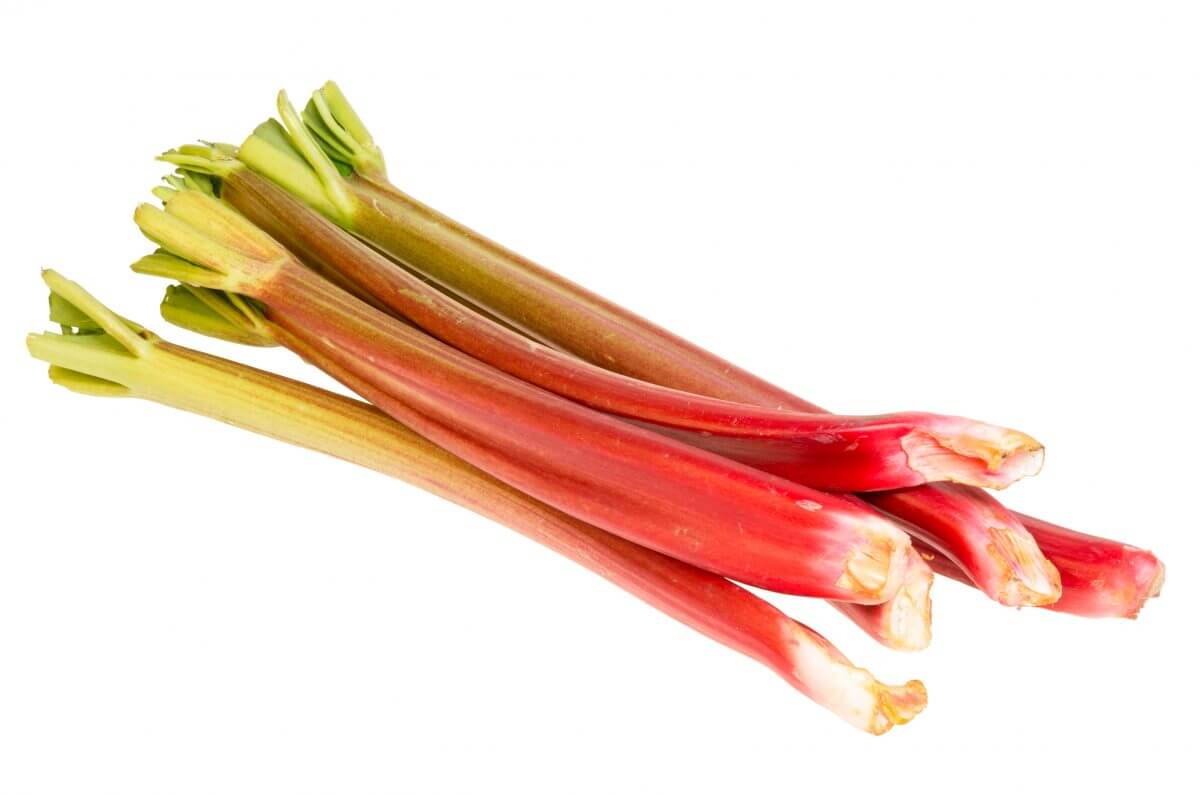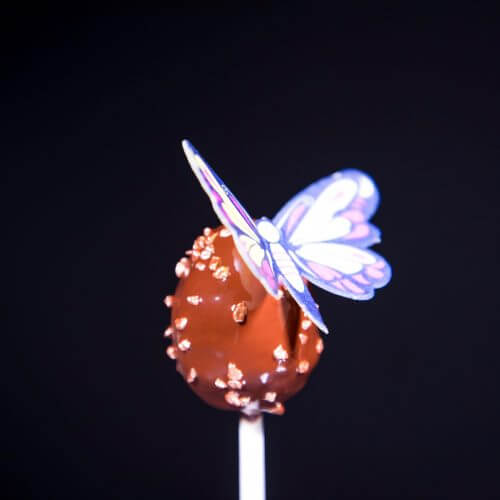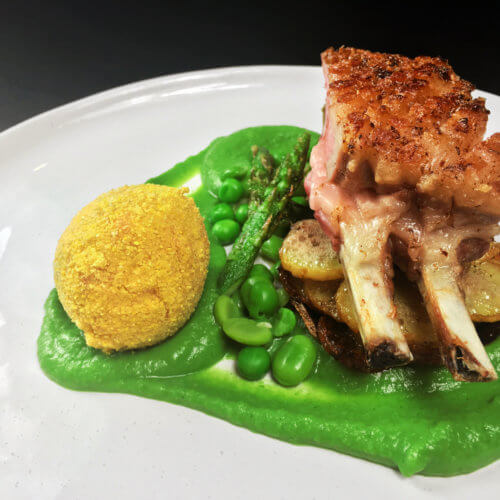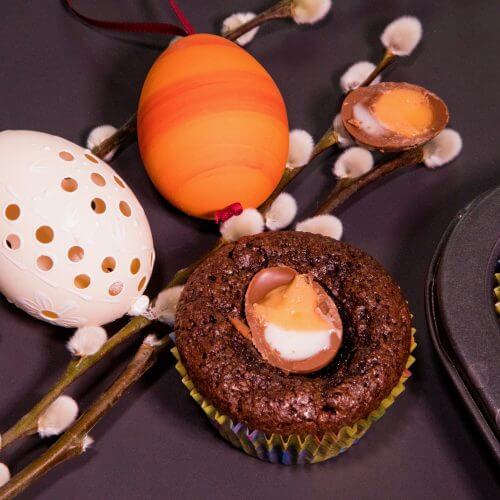Clams
All clam species are infauna, meaning they live in the sand or substrate at the bottom of a body of water, as opposed to epifauna like mussels or oysters, which live on top of the substrate. That’s pretty much the defining characteristic. You need to rinse them before cooking to get rid of any sand. Cooking them is simple – steam or bake them. Serve with pasta, in a fish stew or a clam bake. Always buy from a reputable source (we buy ours from The Cornish Fishmonger).
Check out our tutorial on clams.
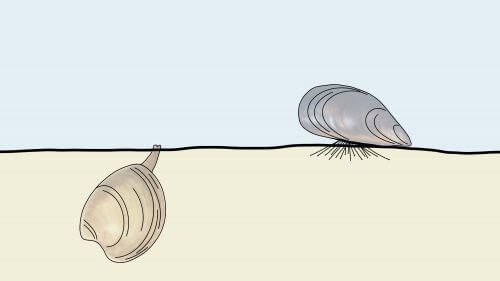
Oranges
Oranges are great freshly juiced, added to salads, salad dressing and even turned into raw biscuits. Read more about citrus here.
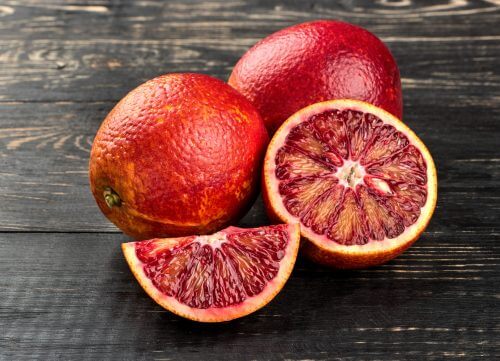
Apricot raw biscuits
130g dried apricots
200g whole almonds, roughly chopped
3 tablespoons of orange/lemon juice
Soak the apricots in a warm water for an hour
Coarsely chop the apricots and pop into a blender with the almonds and juice, blend
Shape into patties and chill for an hour
Gurnard
This is quite a fierce looking fish with very sharp bones and fins. It is not easy to fillet due to its skeleton and so not very popular. It is not a fish you will come across at the supermarket. However, it does have flavoursome and firm flesh, which lends itself well to cooking. It is a fleshy fish and so even fish sceptics will enjoy the end product. It is like a cross between a monkfish and cod. Fishermen have been discarding this lovely fish or using it as bait, but it is becoming more and more popular these days. Get yourself to your the fishmonger and give this fish a try.
You could turn this fish into delicious fishcakes by blending the fish with spices, such as coriander, dill and chives and spices like chilli, turmeric and cumin, salt, pepper and zest of a lemon. Shape these into patties and fry until cooked. You can also have a go at this Bouillabaisse.
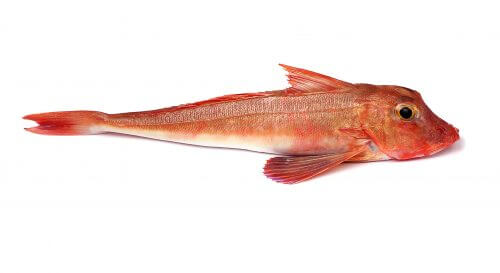
Rhubarb
Rhubarb is not a true fruit, but tends to be treated as such in the kitchen. It has a fresh, yet tart flavour, which works well with creamy desserts, but also meats (like pork) and oily fish (like mackerel). The edible part are the brightly coloured stalks. When cooked, sugar tends to be added to sweeten the finished product. It is very watery, so no need to add much extra liquid. Rhubarb was used in China as medicine and was only brought to Europe by the Venetian merchant Marco Polo in the 13th Century, but has only been cultivated for consumption since the 18th Century.
When buying – only choose the crisp and firm stalks.
